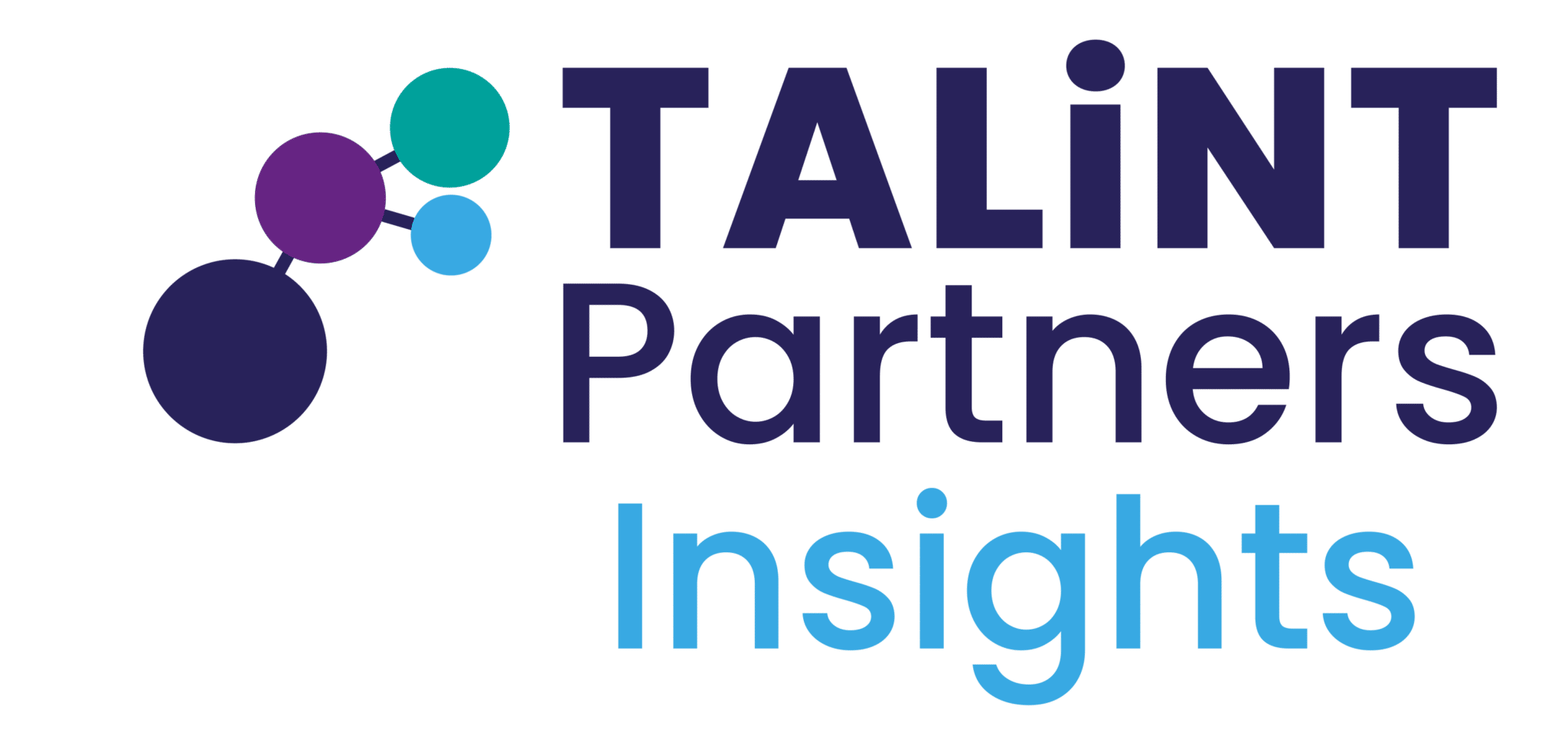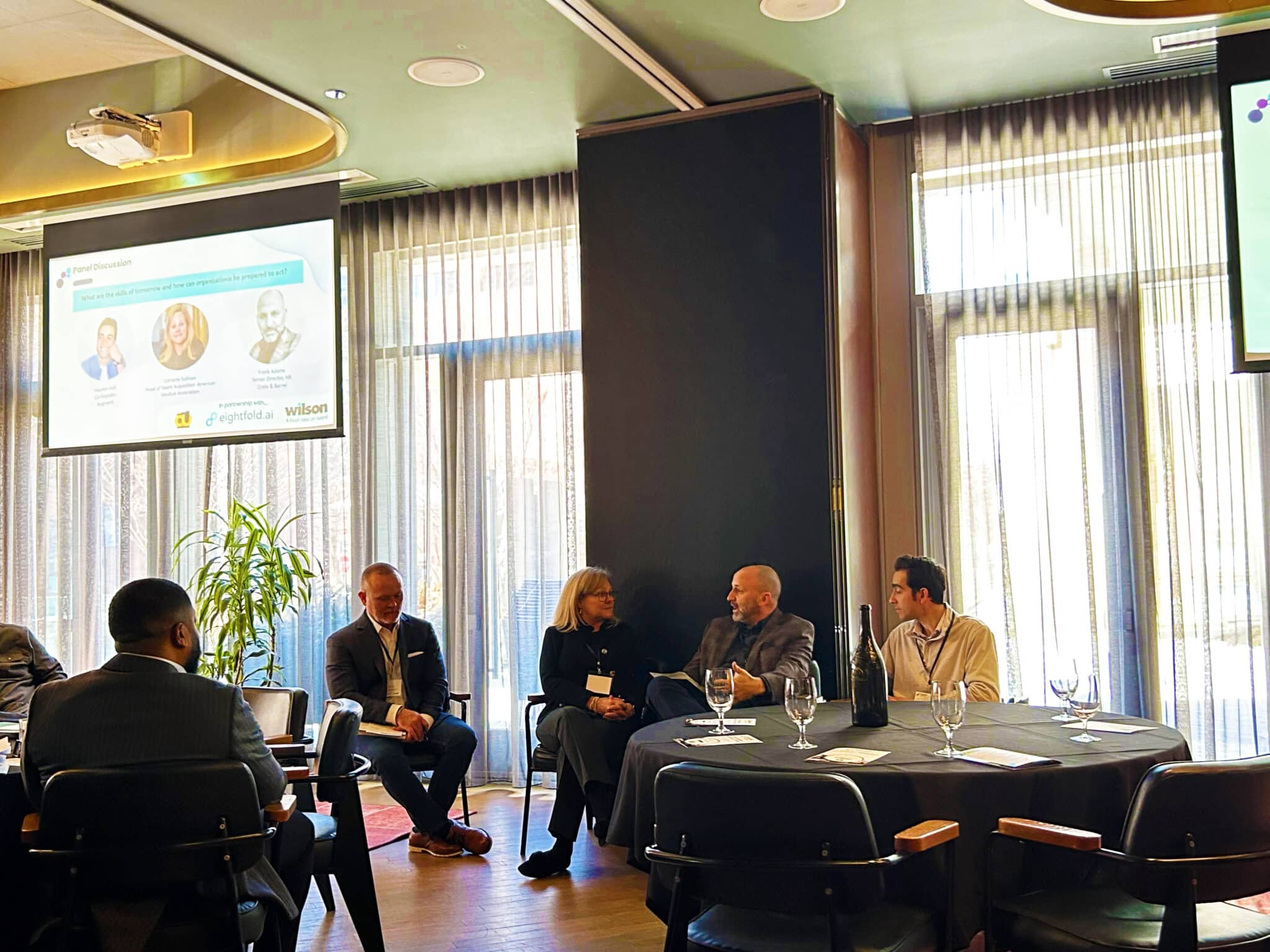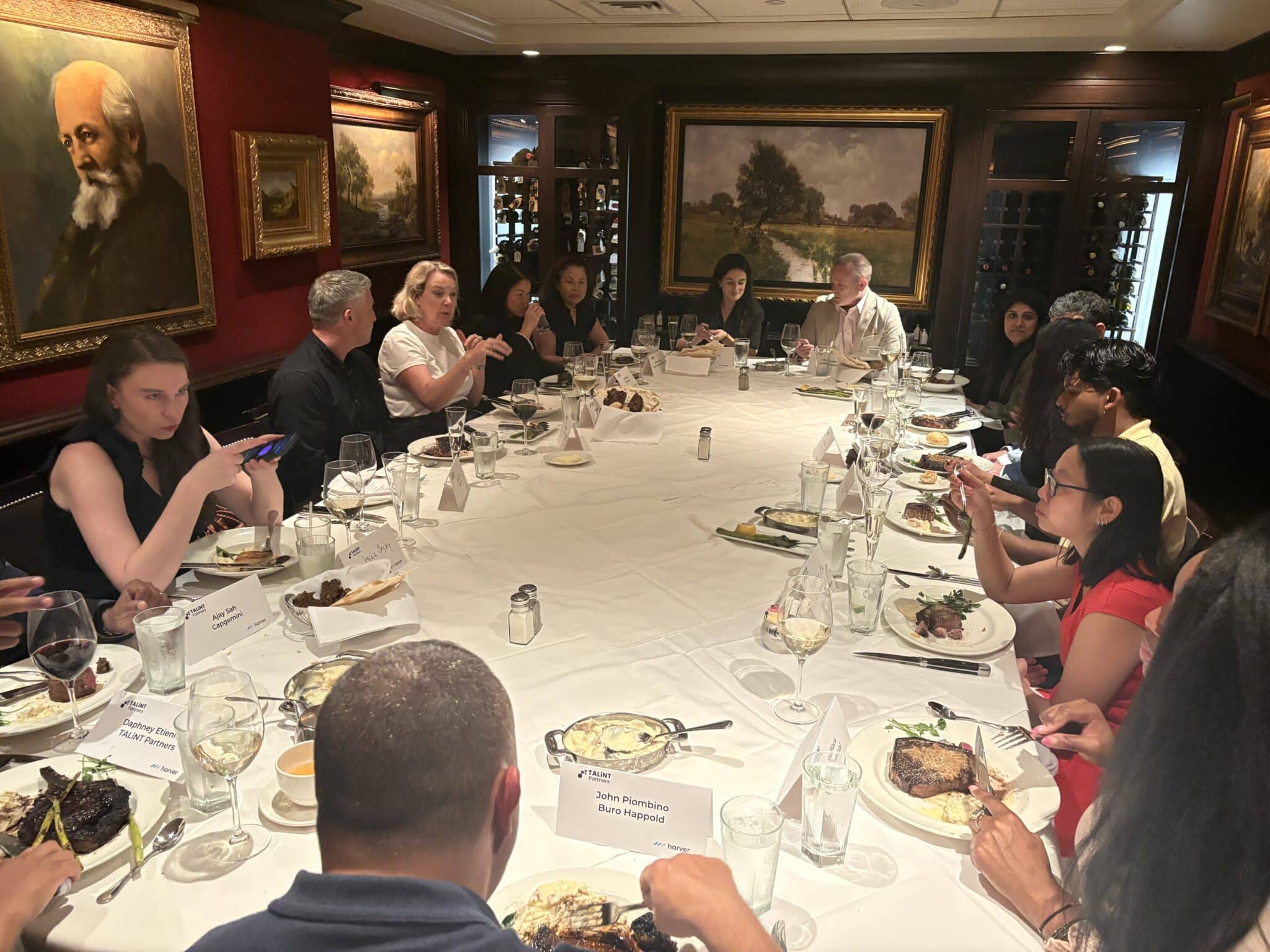Key takeaways
AI’s big entrance (but not a takeover)
AI is becoming an essential tool for talent acquisition, but it won’t replace recruiters. Instead, it enhances efficiency by screening large talent pools, improving candidate experiences, and generating data-driven insights. Many companies are piloting AI initiatives, but adoption rates vary due to legal and compliance concerns. A notable trend is the rise of “AI on AI,” where candidates use AI to craft resumes and cover letters while employers leverage AI-driven tools to assess applications. This shift raises new questions about how AI can fairly and effectively evaluate talent.
Skills are the new resume
Organizations are prioritizing skills-based hiring over traditional job titles and educational qualifications. Companies are building internal skills databases, using “gig” assignments to assess skills in real-time, and eliminating degree requirements in favor of apprenticeship programs. The goal is to create a more dynamic workforce by focusing on actual competencies rather than rigid credentials, allowing employees to move across different roles more seamlessly.
Human touch still matters
As AI and automation become more embedded in hiring, maintaining a personal connection with candidates remains crucial. Companies are focusing on clear communication, timely updates, and meaningful interactions throughout the recruitment process. Pre-boarding strategies, such as peer-led video introductions and job previews, are being implemented to create a sense of belonging before a new hire even starts. The emphasis is on treating candidates as individuals rather than data points.
Keeping talent happy
Attracting and retaining top talent is becoming increasingly difficult, making company culture a critical factor in retention strategies. Employees want to feel valued, supported, and provided with opportunities to grow. Organizations are doubling down on employee engagement initiatives, flexible work arrangements, and strong leadership development programs to ensure they remain competitive in a talent-driven market.
Growing from within
Companies are recognizing the benefits of internal mobility as a strategy to retain top talent. By providing employees with clear career progression paths, skills training, and internal gig opportunities, organizations can foster growth without losing valuable team members. Career development tools and mentorship programs are playing a crucial role in facilitating these internal moves.
Learning never stops
Continuous learning and upskilling are key to career growth. Organizations are investing in structured training programs, mentorship initiatives, and leadership development courses. Many companies are also introducing AI-driven learning platforms that personalize training based on employees’ current skills and career aspirations, ensuring a tailored approach to professional growth.
Generations are different
Different generations have varying expectations and work preferences. Discussions highlighted the importance of understanding Gen Z’s values and career motivations, as well as adapting recruitment and retention strategies accordingly. Companies are working on fostering multigenerational workplaces that accommodate diverse needs and communication styles.
Data is your friend
TA professionals are increasingly using data analytics and market intelligence to guide hiring strategies. From market mapping to predictive analytics, data is helping recruiters make informed decisions and present stronger business cases to hiring managers. However, there is a growing need to ensure that recruiters are confident in using AI-driven insights effectively in their daily work.
Mentors are gold
Mentorship programs are proving to be a powerful way to bridge generational gaps and support career progression. Companies are investing in structured mentor-mentee relationships that help employees develop new skills, explore different career paths, and feel more engaged in their professional growth. The shift towards skill-based organizations is encouraging mentorship to foster a more flexible and mobile workforce.
Final thoughts
The workshop provided a rich exchange of ideas and practical insights, reinforcing the importance of balancing AI and automation with human-centered hiring strategies. The discussions underscored the shift towards skills-based hiring, the value of internal mobility, and the necessity of data-driven decision-making in talent acquisition. As organizations navigate these evolving dynamics, the key to success will be leveraging technology while maintaining the human touch that makes great hiring experiences possible.





